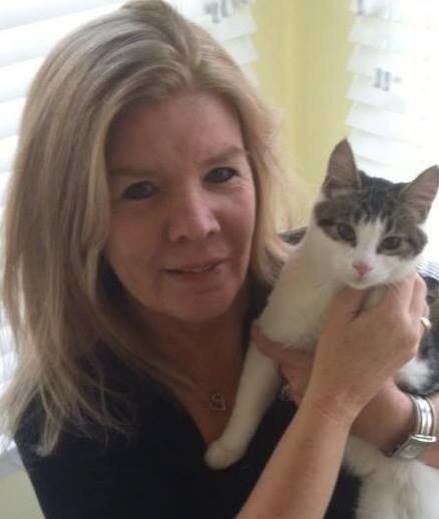I read on facebook about a lady that saved two brother cats from a shelter that had an outbreak of feline herpes virus. She said they were gonna put all the cats that had it to death.....I don't understand that at all...."64" has the herpes virus and one kidney and she is living a great and happy life.She is also the sweetest little cat, so loveable and so very good....I just can't believe
a shelter would put the cats to sleep cause of a virus that is o common...I think this is so sad.
a shelter would put the cats to sleep cause of a virus that is o common...I think this is so sad.




